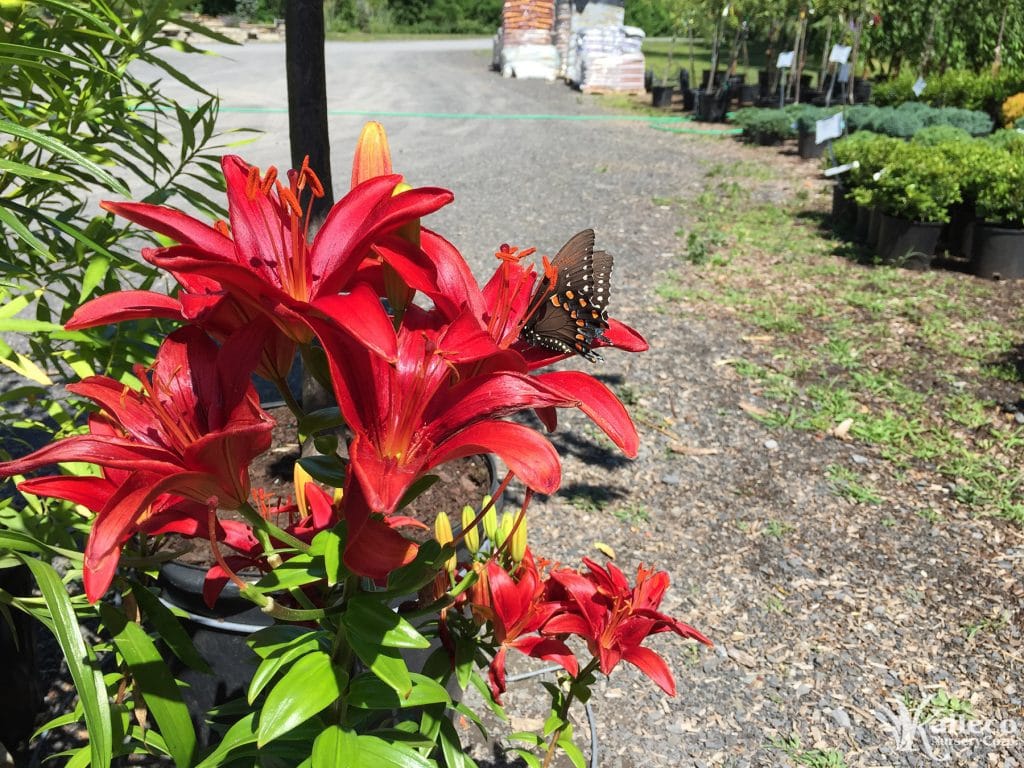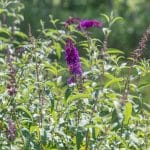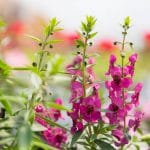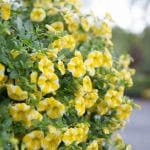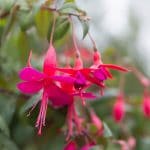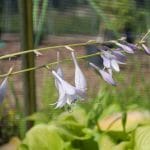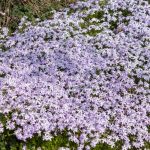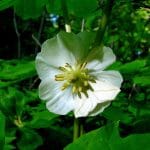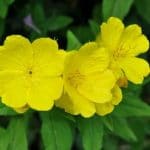Aside from bees, there’s a huge variety of creatures that pollinate and help maintain our ecosystem! Here’s a quick guide to just a couple. Make sure to check out this post to learn more about gardening for pollinators in general.
Butterflies
Butterflies are attracted to many of the same types of plants as bees. Both love bright colors, sweet scents, and prefer small or shallow flowers with easy access to nectar. Butterflies, however, have a couple unique needs.
Adult butterflies will only feed in the sun, so make sure your garden gets 6 – 8 hours of sun a day, preferably in the morning. Placing a shallow dish of water in a sunny spot will also make your garden an oasis for thirsty butterflies.
Colors: Adult butterflies like reds, oranges, yellows, and purples.
Shapes: Shallow with wide petals for landing; small and clustered.
Plants: Butterfly Bush; Bee Balm (Monarda); Asters; Daylilies; Lavender; Geraniums; Phlox; Shasta Daisies; Stonecrop; Snapdragons; Lilac; Baptisia (False Indigo); Spirea.
- Stonecrop
- Butterfly Bush
- Blue Salvia
- Snap Dragons
Hummingbirds
Since they have no sense of smell, hummingbirds are attracted to bright colors and unique shapes. They especially prefer trumpet-shaped blooms on upright stalks, ideal for feeding while they hover beside it.
Colors: Red, orange, yellow, or blue (particularly blue Salvia species).
Shapes: Trumpet shaped or tubular, ideal for eating from a with beak.
Plants; Azalea; Weigela; Coralbell; Hosta; Foxglove; Petunia; Salvia; Columbine; Agastache; Fuschia.
- Petunias
- Fuschias
- Hosta Flowers
Nocturnal Pollinators – Moths
Some pollination is carried out even at the sun goes down –in northeast, that’s moths. While they may not be as attractive as bees or butterflies, they’re an important part of the upstate New York ecosystem.
While most moths are known for being pests, some moths are a beauty to behold. With bright colors and patterns, some even rival their daytime cousins. Keeping these guys in mind while planting your pollinator garden is important too! Include night bloomers and more specifically, heavily scented night-bloomers to give our garden a little more nightlife.
Colors: Color isn’t as important, since most nocturnal creatures won’t be able to see it anyway. But white flowers do tend to attract more moths.
Shapes: Like bees and butterflies, moths need shallow blooms with landing space.
Plants: Evening primrose; phlox; jasmine; lavender.
- Phlox
- A moth camouflaged on a flower
- Evening Primrose

